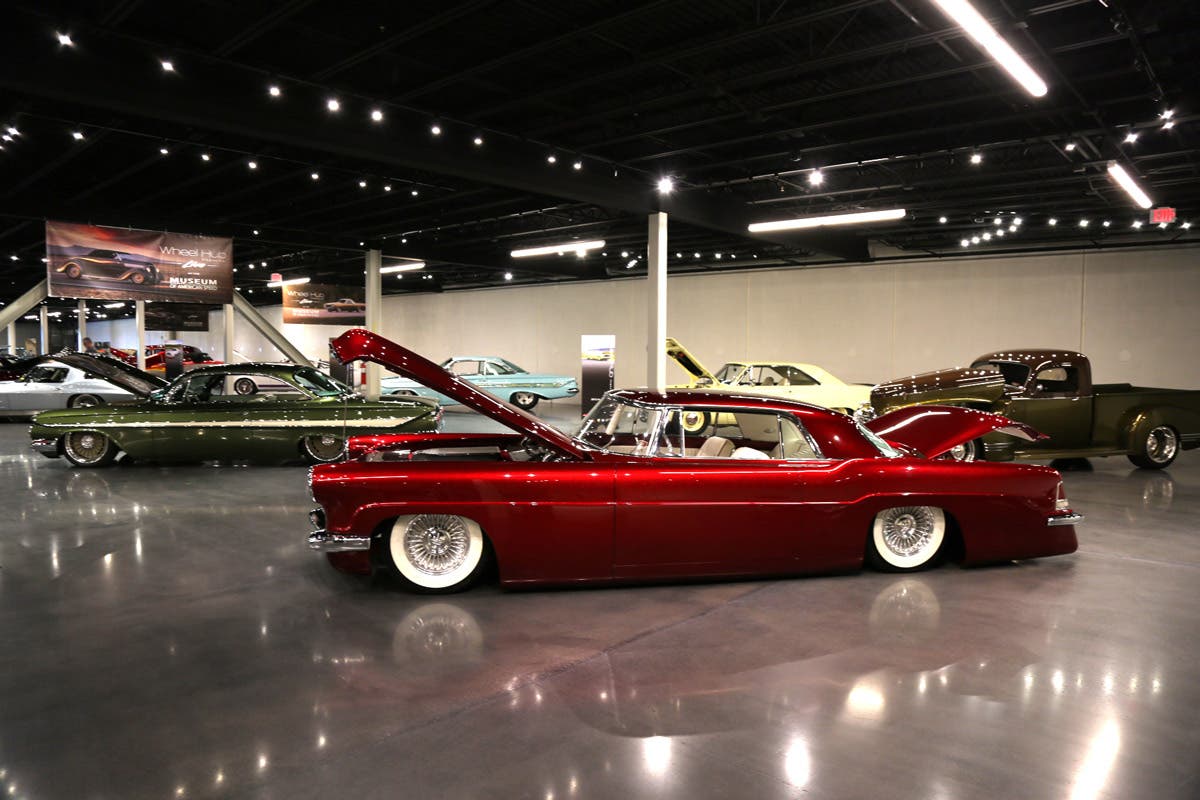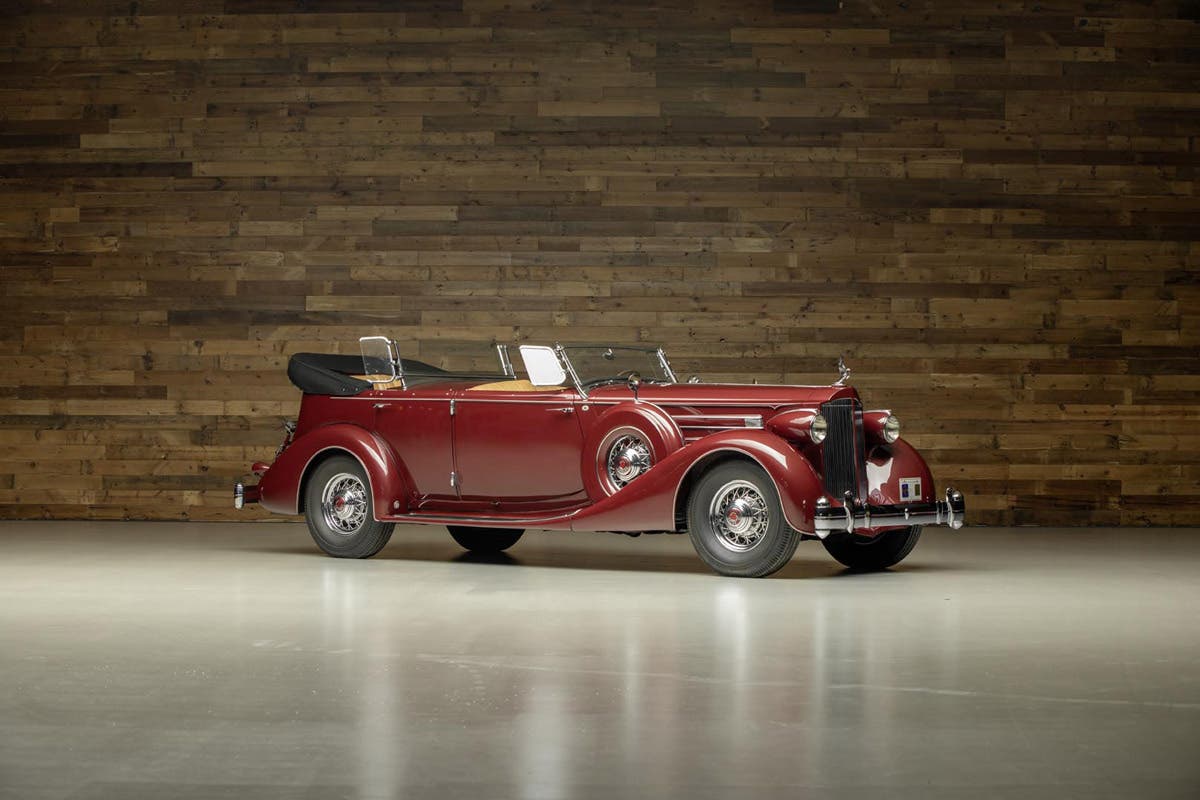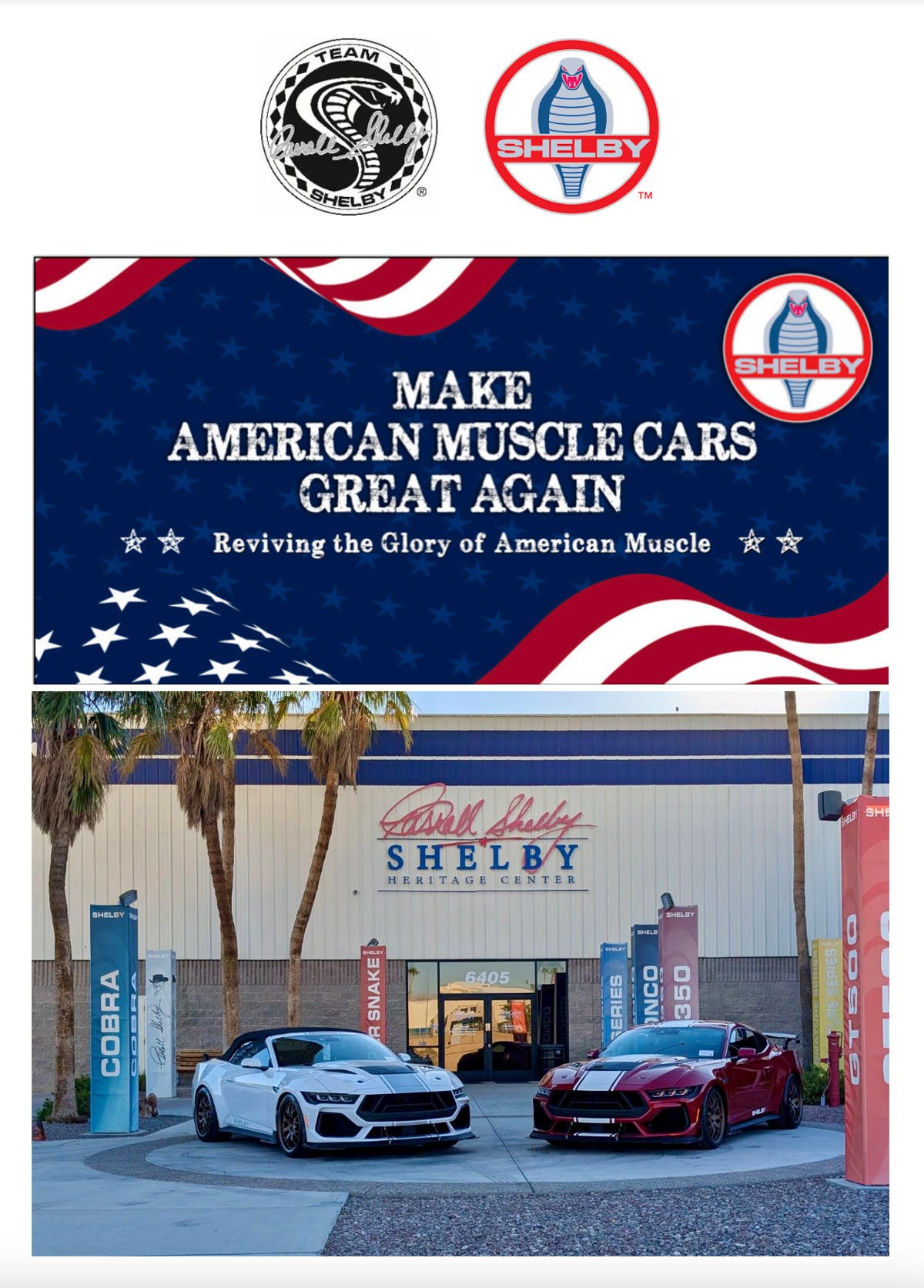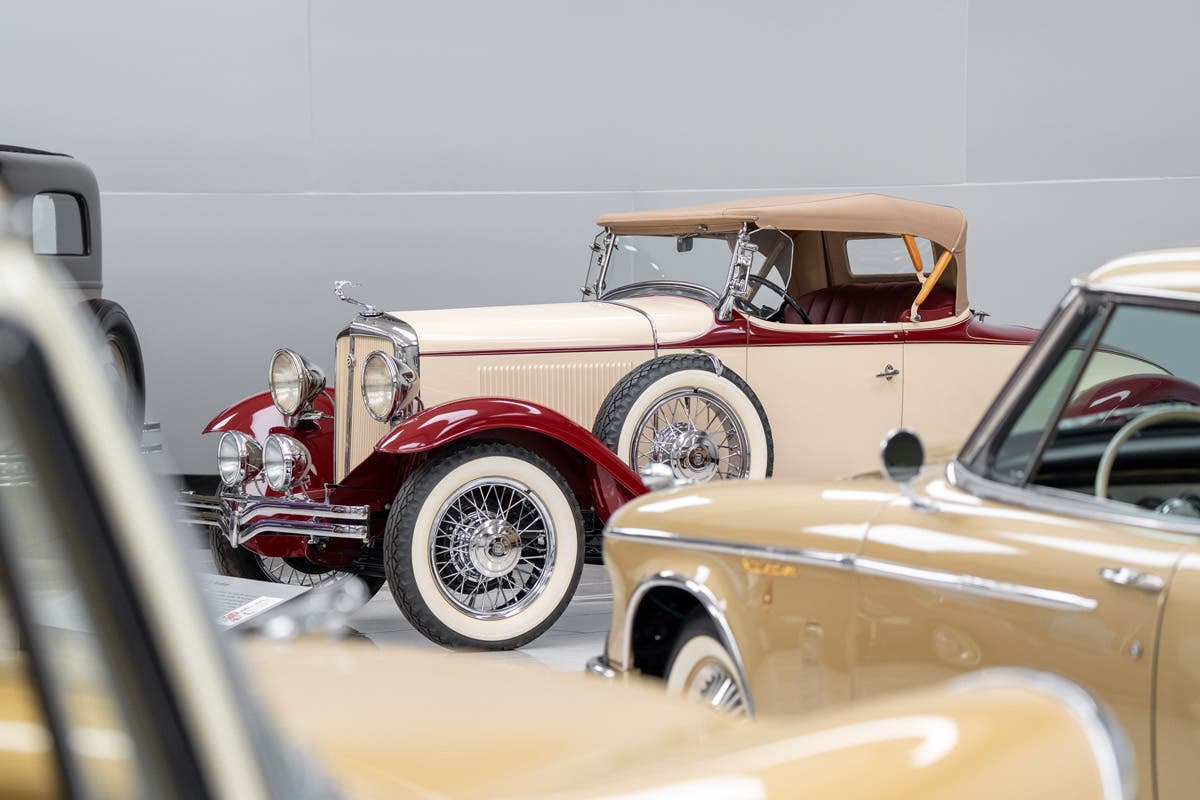Barn Find: Bonner 1964 Ford Thunderbolt uncovered
Rare muscle machine originally owned and raced by the late Phil Bonner was recently discovered in a Georgia barn Story and photos by Al Rogers Last January I received a…
Rare muscle machine originally owned and raced by the
late Phil Bonner was recently discovered in a Georgia barn
Story and photos by Al Rogers
Last January I received a phone call from Jason Thompson, a trusted friend and muscle car enthusiast, regarding a 1964 Ford Fairlane Thunderbolt stowed in a barn in northern Georgia. Thompson said Floyd Garrett of Floyd Garrett’s Muscle Car Museum in Sevierville, Tenn., had been contacted by Donald Allen with news of Allen’s purchase of the significant Thunderbolt, which had been hidden for more than 40 years. A phone call to Garrett confirmed the news and he suggested I call Allen to get the rest of the story. Unbeknownst to Garrett, Allen and I had worked together in the past when I photographed an original 1958 Ford Custom 300 for a national automobile publication.
When I contacted Allen, he confirmed his recent purchase of the long-hidden 1964 Ford Fairlane Thunderbolt. He had not yet picked it up and asked if I’d be interested in documenting the Thunderbolt’s first exposure to sunlight in decades. I replied, “Tell me when and give me a location and I’ll be there.”
All Thunderbolts are special cars, a sort of “Holy Grail” among high-performance Ford enthusiasts. Each Thunderbolt was modified for Ford Motor Co. by Detroit Steel Tubing Co. (DST) from a 289-powered Fairlane 500 coupe. DST built each Fairlane into a 427-powered quarter-mile hero, then Ford placed them into the hands of proven drag racers after approval on a driver-by-driver basis.
Allen’s Thunderbolt was first owned by the late Phil Bonner, and was actually the second of two Thunderbolts owned by the respected race car driver. A member of Bonner’s race team rolled and totaled his first Thunderbolt upon making a pass at Paradise Dragway in Calhoun, Ga., while Bonner was racing a Falcon at another event. Ford Motor Co. provided Bonner the second Thunderbolt as a replacement, and it’s believed he continued to race it on the circuit in the east and south. Here’s the story as we found that second car long after its quarter-mile glory days:
A Thunderbolt slips into obscurity
One cold Saturday morning I made my way to a barn hidden among the trees of northern Georgia to witness the 1964 Phil Bonner Thunderbolt being recovered from its hiding place. The scene was surreal. Before me was a weathered brown barn with particle board panels over two of the door openings — the last place one would expect to find a legendary Thunderbolt drag car. A third door opening was blocked by only a vinyl tarp hanging from the opening. A quick double take revealed an old Ford pickup parked in front of the first door opening. I soon learned that 1960 Ford F100 had been sinking into that piece of earth for the past 20 years, standing guard in front of its little Thunderbolt brethren hidden behind the thin sheet of particle board. About 20 years ago, the F100’s brakes locked up and the owner decided there was no rush to fix it. That pickup had been standing guard until this morning, when the brakes would be freed and the guard truck would finally be moved from its post.
The Thunderbolt came to be in this barn when Hal Reed learned about it from a client back in the early ’80s. The client told Reed there was a 1964 Ford Fairlane 500 near Stone Mountain, Ga., listed for sale in a local publication for a couple years. Reed called the seller who said the car was full of Ford race engine parts. When Reed went to see the car, he found it parked under a porch-type structure for years. Indeed, the car was full of engine parts including a couple 427 engine blocks, cylinder heads and high-rise manifolds; a four-speed transmission was also in the trunk. Reed realized the car was more than a Fairlane 500; it was a forgotten legend. The 1964 Ford Fairlane 500 was an important part of the Ford Motor Co.’s racing past, and the 427 engine blocks and other related racing parts were in it for a reason. The seller was a body man and had done work for a local legendary drag racer. He mentioned the little Fairlane 500 was originally owned by none other than Phil Bonner. A deal was struck by Reed to purchase everything.
Reed started building engines while in high school and has built a reputation as being one of the best in the business. He’s built engines for many clients who restore genuine Cobras, Shelbys, Boss Mustangs, a Thunderbolt and others. His engine of choice is the Ford 427-cid V-8, so the Thunderbolt was right up his alley.
Initially, Reed wanted to transform the Thunderbolt into a pro-stock drag car. He started working on the Thunderbolt soon after receiving it at his shop. Even though he was altering it, each original part was retained and stowed away for safe keeping. The demands of work, business and everyday life soon took over and Reed stopped working on the Thunderbolt in the early ’90s. It spent time parked outdoors under a tarp at his shop.
“No one really paid much attention to it,” Reed said. “Once in a while, someone would stop by and ask about a part hanging out of the tail light opening, and I’d just say, ‘It’s an old piece to the engine, I guess,”’
A short time later, Reed and his wife, Vicky, purchased their current house and property with the barn. The Thunderbolt was put in the barn immediately after they took ownership. For more than 20 years, the Thunderbolt occupied the spot behind door number one, tightly guarded by an F100 and rarely seen by anyone. To the best of Reed’s knowledge, it had been owned by only two other people: Bonner and the body man from whom Reed purchased it.
Several years back, Phil Bonner sent a friend to Reed’s place to deliver and pick up a car upon which Reed had performed cylinder head work. It’s likely Bonner’s friend was sent to Reed’s place for more than the cylinder head work; he was probably sent to also scope out Reed’s Fairlane 500. Apparently, the man who was sent to Reed’s shop knew what he was looking at and not long after, Bonner himself was knocking on Reed’s door. Reed agreed to give Bonner a look. After looking at the paint (it had been painted three different colors) and studying the stamping on the fender apron, Bonner looked at Reed and said, “This is my car — I’ve been trying to find this car for over 10 years.” Bonner looked around and also asked if the T-10 Borg-Warner aluminum transmission that came with the Thunderbolt was for sale. Reed agreed to sell the transmission since Bonner needed it for a Thunderbolt “clone” he was building.
A few days later, Bonner called Reed to ask if his old Thunderbolt was for sale. At the time it was not, and Reed declined Bonner’s offer. Bonner never asked or inquired again.
Retrieving a dusty legend
In late 2014, with some convincing from longtime friend Charlie Boulware, Reed decided to sell the Thunderbolt to Donald Allen. While in town, Boulware had met Allen and without disclosing much about the car, was told by Allen that if Reed wanted to sell it, to let him know.
Earlier in the spring, Reed had spent time in the hospital. His dream since purchasing the Thunderbolt was to see it restored and to one day drive it. Donald Allen is the man to do it. He is known for his world-class restorations on 427-powered Ford Galaxies, Fairlanes, factory lightweights and others. He’s also restored several award-winning Thunderbolts, including the cars originally owned by Dick Brannan, Milo Coleman, Pete Mount, Steve Honnell and others. Knowing this, Reed agreed to meet with Allen and a deal was struck. Reed would get to see his dream fulfilled by the best man for the job.
In mid January, the Thunderbolt was removed from the barn, loaded onto an open trailer and taken to its new home in Georgia to begin the restoration process. Together, Reed and Allen carefully removed the particle board panels. Boulware assisted with the actual removal of the Thunderbolt from its resting spot and onto the trailer.
The removal of the Thunderbolt had an added element of surprise when Dick Brannan and Hubert Platt from the original Thunderbolt fraternity came by to witness the event. These two iconic Thunderbolt drag racing drivers live minutes from where Reed stored the Thunderbolt, yet neither of them knew Phil Bonner’s car had been right under their nose for many years. In fact, Brannan’s 14-year-old son Brian said, “My father and I can’t believe this Thunderbolt has been here for my whole life — very cool.”
Allen plans to give the Thunderbolt a rotisserie restoration. He said his biggest challenge will be finding the correct new-old-stock air induction box and an aluminum T-10 Borg-Warner four-speed transmission like Bonner used.
If everything comes together, Allen has agreed to let Reed make a pass behind the wheel, thus fulfilling his dream of driving the Thunderbolt.
Al Rogers will photograph the Thunderbolt’s restoration and through its first pass at a local dragway. He’d like to thank Larry Davis, Dennis Kolodziej, Larry Short and the late Bob Trevarrow, the original founding members of the organization to document and preserve information regarding these special-built Ford Motor Co. vehicles. These gentlemen determined the Thunderbolt barn find with VIN #4F41K229249 was #55 in build sequence and #64 for delivery sequence by the Ford Motor Co.
This group and others make up the Thunderbolt Owners Association. Their cooperation and help with obtaining factual information for this and future stories are paramount.
Lastly, without a phone call from Jason Thompson and Floyd Garrett sharing this story, it would not have been possible to photograph the Thunderbolt’s retrieval.
With its Thunderbolt, Ford put pedal to the metal
Factory-backed drag racing was heating up in the early 1960s. By 1964 Ford already had lightened some full-size models and then loaded them with big-block engines in the name of professional racing. In the quest to go faster, it then turned to its intermediate Fairlane line to quickly shed more pounds as the competition heated up, most notably from Chrysler. After testing the feasability of putting a 425-hp/427-cid V-8 in a unibody Fairlane in 1963, Ford contracted Dearborn Steel Tubing Co. (DST) to convert 100 1964 Ford Fairlane 500 two-door sedans with the 271-hp/289-cid V-8 into race-ready Thunderbolts drag machines.
The Fairlane 500 coupe was chosen because it was the lightest body style of the model, and the hi-po version was selected for its standard 9-inch rear end and larger brakes. To save weight, the cars were built without sound deadener, sealer, insulation, arm rests, mirrors, carpeting, a radio, heater or rear window crank assemblies. The carpet and passenger side wiper were deleted, and the battery was moved to the trunk for better weight transfer. The cars dropped additional pounds from a stock Fairlane 500 through the use of fiberglass front fenders and fiberglass hoods using a teardrop-shaped bubble to clear the 427 high-rise intake manifold. Early Thunderbolts had a fiberglass front bumper skin, but an aluminum bumper replaced the fiberglass unit as it was not always considered legal in Super Stock and A/FX class competition. Plexiglas windows and Ford Econoline van bucket seats also lightened the load from pedestrian Fairlane 500s, and the jack was also thrown in the dumpster. Removing the inboard headlamp assembly on each side not only reduced weight, it directed fresh oxygen to the air box atop the dual four-venturi carburetors atop the Thunderbolt’s 427 V-8.
It wasn’t all about stripping weight. Thunderbolts were equipped with a 8,000-rpm FoMoCo Rotunda tachometer, and of course, that High-Rise 427 added pounds in name of quarter-mile glory. For getting the power to the pavement, a beefy rear traction bar assembly held the Detroit Locker rear end. In the end, the cars weighed about 3,200 lbs.
The first batch of 11 Thunderbolts were painted Vintage Red, while the remaining 89 cars in the final seven batches were each built in white. The cars were “priced” at about $3,800, but Ford is said to have given them to drivers for a $1 pittance as a formality in order to ensure they went into the right hands. It was all part of Ford’s Total Performance program to boost its performance image during the mid 1960s.
All of the efforts by Ford Motor Co., DST and the drivers selected to receive Thunderbolts resulted in quarter-mile times at or below the 11-second mark, and entry into the annals of fame in drag racing lore.








